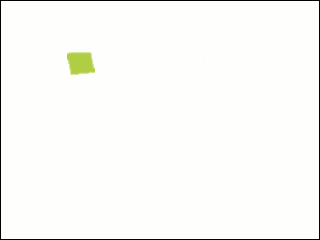transliteration (w)o katakana origin 乎 | hiragana origin 遠 | |
 | ||
を, in hiragana, or ヲ in katakana, is one of the Japanese kana, each of which represent one mora.
Contents
Modern usage
In Japanese, this kana is used almost exclusively for a particle; therefore, the katakana form (ヲ) is fairly uncommon in everyday language — mostly used as a stand-in for its hiragana counterpart in texts that need to be written entirely in katakana.
Generally, it represents [o], although some dialects retain the pronunciation [wo], which is also often used in songs. It is also occasionally pronounced this way when stressing the particle, especially to clarify when someone misunderstands what has been said. It is transliterated variably as ⟨o⟩ or ⟨wo⟩, with the former being faithful to standard pronunciation but the latter avoiding confusion with お and オ. Katakana ヲ can sometimes be combined with a dakuten, ヺ, to represent a /vo/ sound in foreign words; however, most IMEs lack a convenient way to do this. The combination ヴォ is used far more frequently to represent the /vo/ sound.
A "wo" sound is usually represented in katakana as ウォ instead. For example, ウォークマン (Wōkuman, "Walkman") and ウォッカ (Wokka, "Vodka")
Hiragana を is still used in several Okinawan orthographies for the syllable /o~wo/; in the Ryukyu University system it is /o/, whereas お is /ʔo/. Katakana ヲ is used in Ainu for /wo/.
